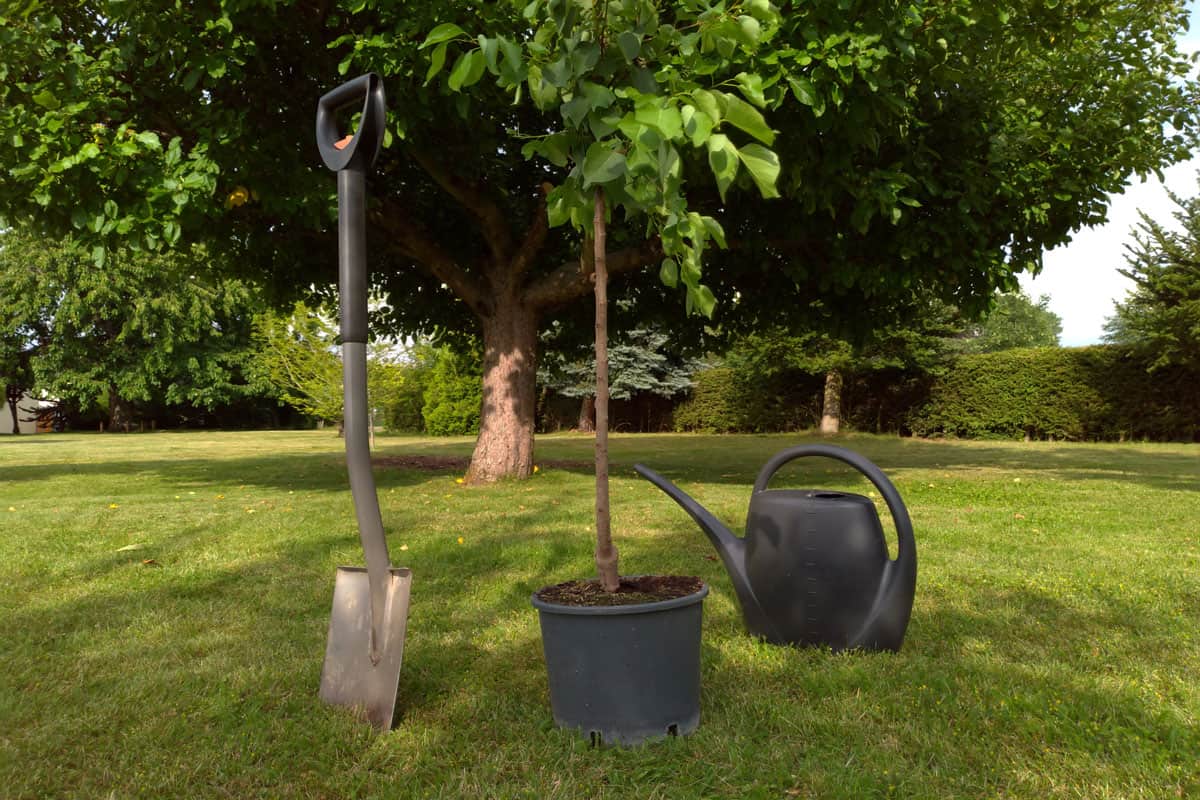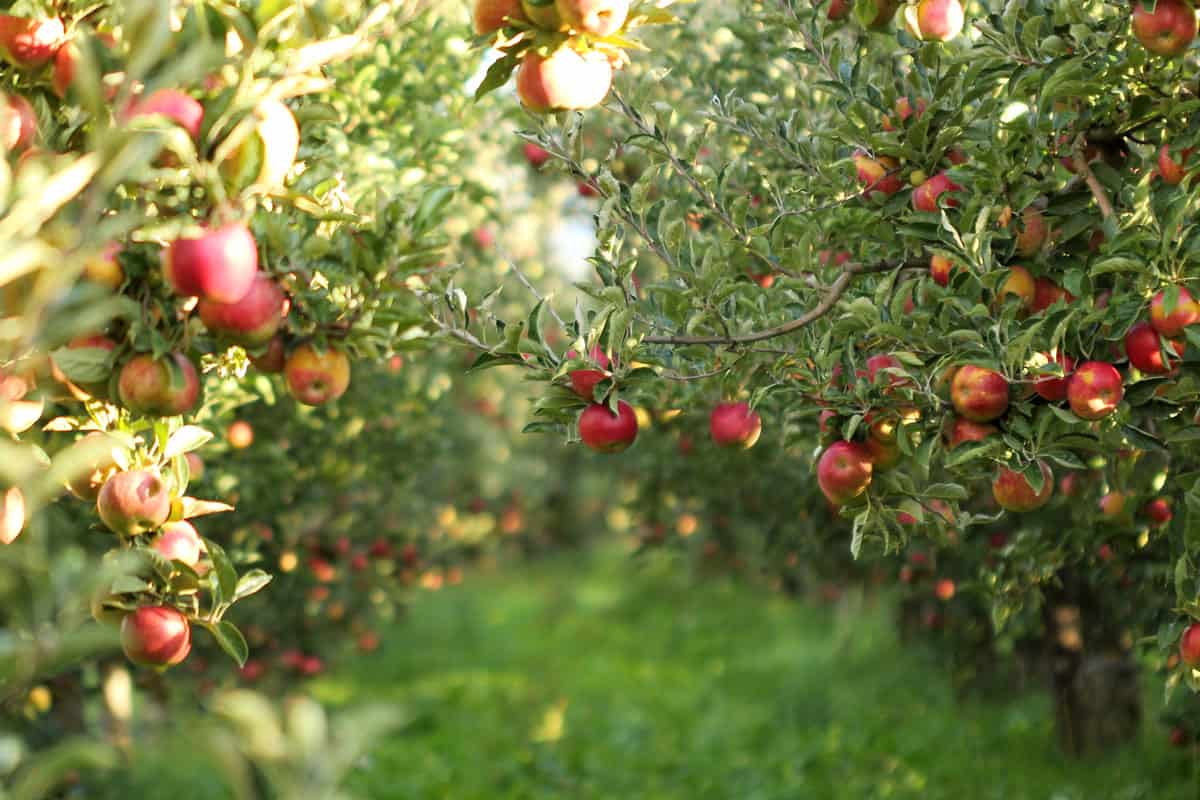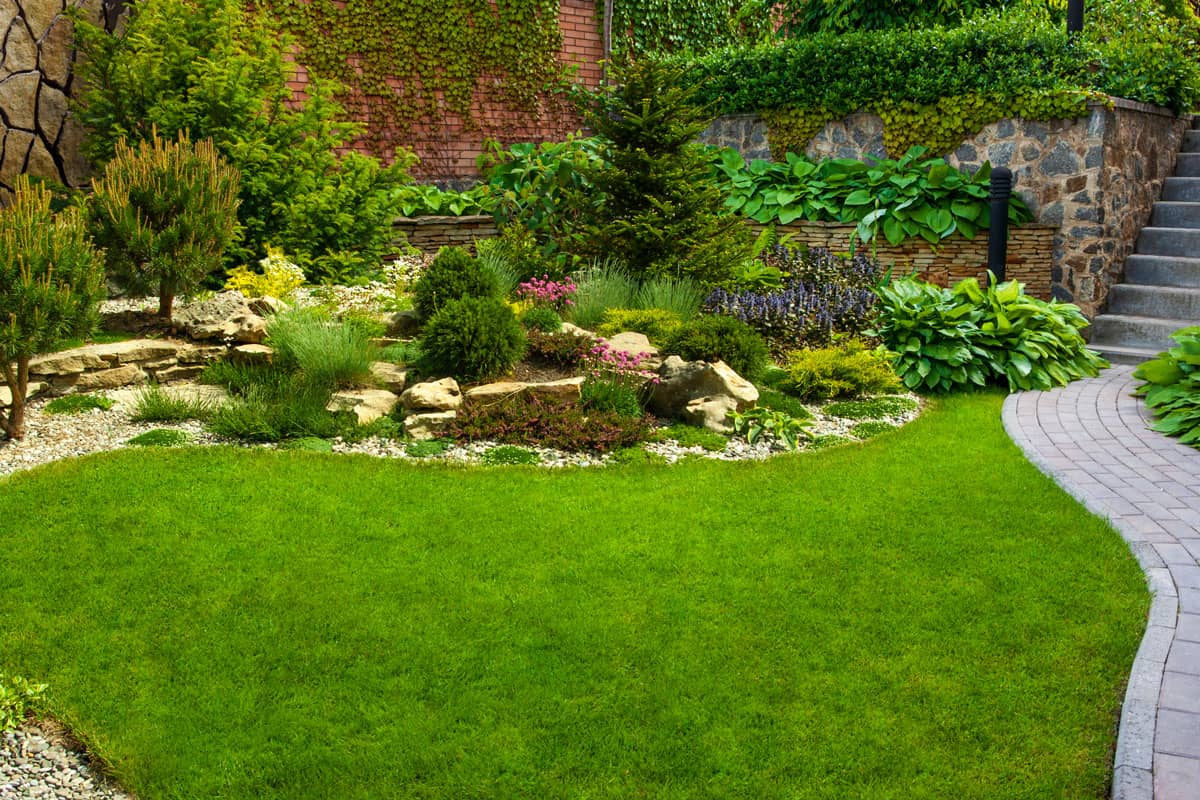Zone 6 enjoys favorable summers and moderately chilly winter, making it the perfect place to grow various fruit trees in your garden. However, finding the right timing to plant your perennial can be a little tricky. That is why we did thorough research to guide you for you to enjoy the luscious produce from your orchard.
Containerized or balled-and burlap-wrapped trees may be planted at any time of the year but with a high probability of growing success around fall to early winter and late winter to early spring. Bare root or uprooted trees during the break of dormant seasons are best planted in late winter or early spring.
Your place's micro-climate will determine how early you can plant, but a rule of thumb is that you're good to go when your ground is no longer frozen.
Read more below for everything you need, from picking the suitable fruit tree variety to deciding the best planting location on your homestead. This post also shares the soil preparation tips to give your sapling a good starting growth.

What Is The Best Time To Plant Fruit Trees?
All fruit trees, particularly those in plant hardiness zone 6, will generally be at their best when planted in the early spring. Waiting for the soil to be workable and not excessively soggy is crucial for early spring planting (even in late winter).
But before you decide when to plant your fruit tree, you must consider your microclimate and in what condition you bought the tree(s). It can be either containerized or bare root.

Usually, trees are bought and delivered from nurseries in a pot or balled-and-burlap wrapped, which makes the roots undisturbed in the soil. They are called containerized trees. While bare root trees are those uprooted while dormant seasons during no leaves or fruit are present. Their roots are shaken free of soil and packed in moisture-containing materials
When To Plant Containerized Fruit Trees?
It is possible to plant bare root trees any time of the year since their sapling roots are already established and still intact and undisturbed when you transplant them from the container. The root system will not undergo shock or moisture fatigue when replanted. However, a higher success rate occurs if you plant them from September to November or February to April.
If possible, avoid planting these potted saplings in the summer, specifically in the months between May and August, due to dry air and high temperatures. Also, overly wet times in spring, where waterlog frequently occur and when the ground starts to freeze, are not the best condition for your young tree, and these times cause moisture stress to your perennials.

When To Plant Bare Root Fruit Trees?
Bare root fruit trees are available for sale only during spring because of the nursery's seasonal business called "Nursery Cycle." And because you should plant these plantlets to ensure thriving as early as possible upon receiving, it is best in early spring.
They are usually dormant when bought, so introducing them to cooler early spring ground gives them time to establish new roots and become stronger before the temperature rises. The seeds will then mature and demand more water and fertilizer, which is a good sign of thriving.
You can also buy tree saplings in fall before the nursery begins to store them for winter. However, it's risky to plant during this time since the tree prepares for dormancy and is not hardy enough to confront frost damage in winter. Expect a higher chance of losing your tree if you want to try planting this time.
Which Fruit Tree Is Easiest To Grow?

If your dwelling is in zone 6, you can choose a wide option of fruit tree varieties. The zone's moderate climate with cold winter and warm summer makes it the best condition for growing trees and receiving bountiful harvest.
There are a variety of fruit trees to choose from, but picking the ideal tree size is also crucial if you consider your yard space. They can be dwarf, semi-dwarf, or standard fruit trees. To help you, here are the six excellent choices for you!
Apple Tree
Apple trees are one of the most versatile plants that work well in various conditions. While not all of its varieties can grow successfully in zone 6, several popular kinds like gala, liberty, McIntosh, Honeycrisp, Halareds, and Lodi apples are excellent for your orchard.
Make sure to put these trees where they receive at least six hours of direct sunshine each day because the full sun will yield the most satisfactory results. To maximize water retention, keep the soil moist and apply some mulch around the base of your tree.
Plums
Plums are another tasty fruit that can grow well in Zone 6. European varieties such as Damson and Stanley thrive in Zone 6, and the Japanese types of Santa Rosa and Premier.
The trees stay small and are perfect if you don't have much space in your garden. However, some varieties like Santa Rosa and Stanley require more than one tree to pollinate and produce fruits.
Peaches
Peaches grow well in warmer zones but can successfully thrive in zone 6 when taking the right precautions and adequately taken care of. Varieties that will do well in these states are Elberta, Candor, Haleheaven, Madison, and Reliance. Place your tree under full sun in moist but not soggy soil.
Apricots
Like peaches, apricots are generally grown in southern states, but cold tolerant varieties such as Royal Blenheim, Moorpark, Tilton, Harglow, and Goldrich can do well in zone 6. Unlike other fruit trees, apricots are self-pollinating, meaning you won't have to plant numerous individuals to get fruits.
Cherries
Like the two above, many cherry tree varieties can't do well in colder regions. However, sweet cherry varieties such as Benton, Stella, Sweetheart, Richmond, and the Montgomery, North Star, and Danube varieties for sour cherries will give you satisfactory produce. Keep an eye for frost damage and attacks from harmful pests.
Pear Tree
Most European and Asian pears varieties can be grown within zone 6, but Williams, Bosc, Bartlett, and Anjou are the best picks among gardeners. Cultivating a pear tree is easy. But you must ensure your trees are planted in well-drained soil, under full sun, and adequate space since they grow large.
Where Is The Best Place To Plant A Fruit Tree?
Fruit trees demand at least six hours of sun each day, ideally eight or more. It is crucial to have soil that drains fast after a downpour; otherwise, diseases will likely develop. Moreover, make sure to plant in an area where you can easily provide water for your perennials.
Consider the mature height of the tree while planning a place. Semi-dwarf trees should have a spacing about 15 feet apart on each side, and Dwarves can be placed ten feet apart.
Allocate to cultivate perennials in areas with known pollinators as well. If you have bees, that's fantastic, but other pollinating insects, such as butterflies and hoverflies, can also reside close to flower beds or fields.
How Do You Prepare Soil For Fruit Trees?
Fruit trees demand fertile, rich soil. To ensure that your trees have everything they need, do a soil sampling before planting. Fruit trees thrive in soil with a pH of 6.0 to 7.5. No worries if your pH level exceeds that range; pH is a relatively simple problem.
To give your tree a strong foundation, amend the soil before planting it. To give your trees the most remarkable start possible, keep adding the right amount of fertilizers for the first three years. Healthy trees will also produce fruit more quickly.
You can buy this Miracle-Gro Fruit & Citrus Plant Food Spikes on Amazon.
Take Away

Growing fruit trees gives aesthetic beauty to your yard and is a great way to become more sustainable. To savor the results of your labor in the following years, you must first plan when and where to replant your tree and prepare the soil to the best possible condition.
Farmers, gardeners, and scientists studying pomology have agreed, that late winter or early spring is the best time to plant fruit trees. According to research, there are benefits to transplanting in early spring as early as possible, as soon as soil conditions are suitable. Also, buying a containerized sapling is recommended for a higher survival rate during transplanting.
Want to learn more about fruit trees? Read these articles.
15 Fruit Trees You Can Grow In Pots at Home

